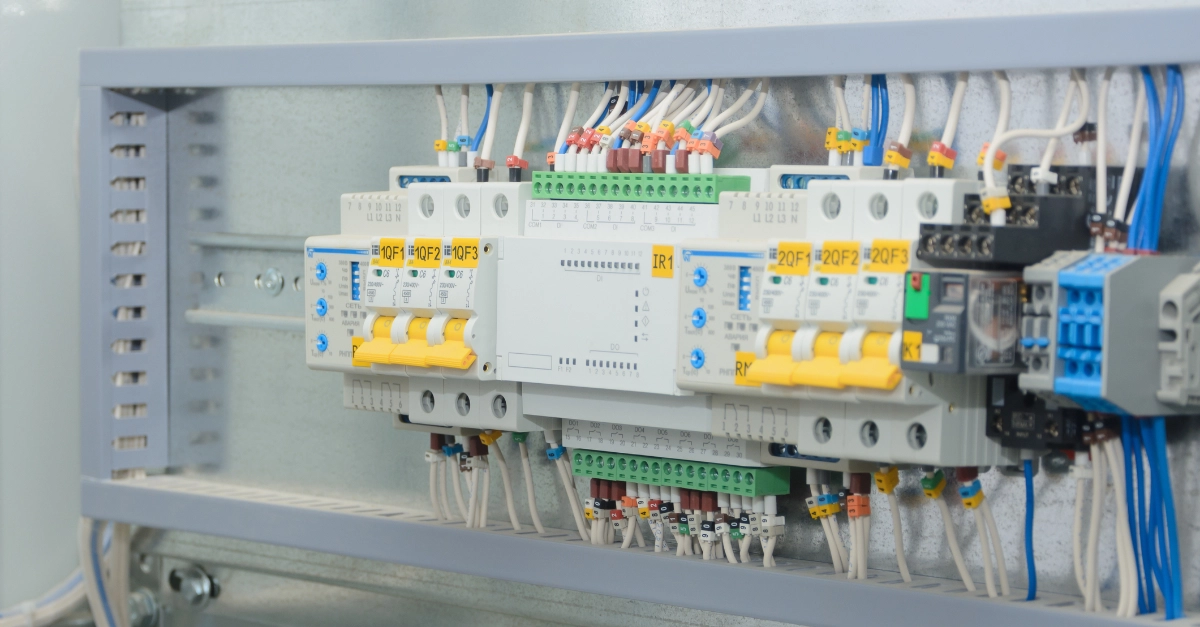Upcoming Webinar: Safety Configured PLCs vs Safety PLCs
The logic solver is a critical part of a safety PLC, and you have a wide variety of options. It is possible to design a safety instrumented function that does not use a logic solver at all, simply wire the input switch to the output solenoid valve. But most applications benefit from a logic solver system that handles multiple inputs and outputs and can perform complex logic. While electrochemical and even pneumatic relay systems are still in use, most of the responsibility of performing SIS logic falls to programmable logic solvers, or in the language of the IEC 61511 standard, programmable electronic systems.
There are a wide variety of programmable logic controllers (PLC) available, some are suitable for safety applications, while others are not – at least not directly out of the box. The IEC standard provides requirements for the selection of components with which a safety instrumented system is built. These requirements are contained in Clause 11.5. In a simple summary, either a device is designed and manufactured in accordance with IEC 61508, or you have prior use experience with the device. Devices that are designed and manufactured in accordance with IEC 61508 are often referred to by the shorthand of “certified”, because when a vendor goes to this level of effort, they usually get an independent third-party certification body to vouch for their work.
Use of “non-certified” PLCs or commercial off the shelf (COTS) systems is allowed by the standard. First off, they are limited to SIL 2 (and realistically SIL 1, once you see what is required to achieve SIL 2), and they must be safety configured. Safety configuration is the process of engineering a COTS PLC with all of the required diagnostics to detect all known failure modes and take the process to a safe state if a failure is detected. This is a complex process of including watch dog timers, wiring outputs back to inputs, input redundancy with voting, and external master trip relays.
The topic of safety configuration will be discussed in this webinar, including the degree of complexity and all the actions that are required to be undertaken. This will also include a detailed discussion of clause 11.5 in the standard where the safety configuration requirements are contained.
Join Our Upcoming Webinar
Date: January 29th, 2025
Time: 10AM EST
Register Now: Complete and submit form below
This webinar is part of Kenexis’ ongoing commitment to providing the industry with the tools and knowledge needed to ensure the highest standards of safety and compliance.

